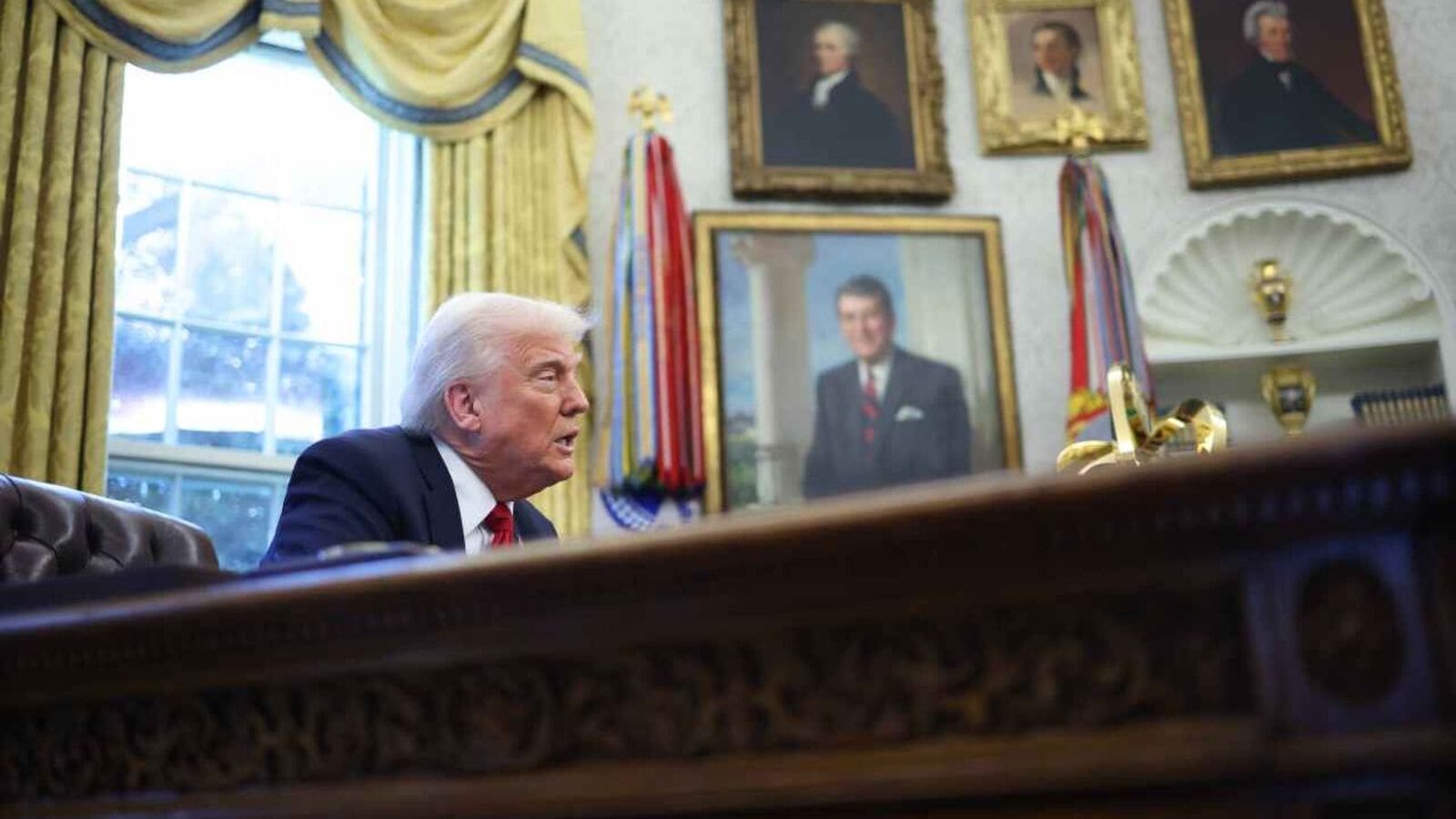On April 2, the White House officially unveiled a significant shift in trade policy, introducing reciprocal tariffs aimed at a staggering 180 nations, including key allies like India and rivals such as China. With a base tariff rate of 10% and some tariffs soaring as high as 49%, this bold move by President Donald Trump has ignited fresh trade tensions across the globe, raising eyebrows and concerns in various sectors.
The Impact of New Tariffs
Trump’s announcement has sent ripples through the global economic landscape, creating uncertainty and prompting fears of potential supply chain disruptions and inflation. Economists warn that these tariffs may lead to a downturn in the global economy, as retaliatory measures from affected countries are likely.
- Economic Concerns: Experts predict that the new tariffs could exacerbate inflationary pressures.
- Supply Chain Disruptions: Industries reliant on international trade might face significant challenges.
The Trump administration has shared numerous charts on social media, illustrating the tariff rates other countries impose on the U.S. Some of these figures include claims about currency manipulation and trade barriers that the White House believes need addressing.
China’s Response to Tariffs
As the world’s second-largest economy, China has been utilizing various fiscal and monetary strategies to stimulate growth. However, the new tariffs add to the existing duties, bringing the total tariff rate on Chinese goods to an alarming 54%. The implications for China could be profound, potentially necessitating further economic interventions.
India’s Position
In the case of India, Trump has set tariffs at 26%, making it the lowest among Asian nations targeted. While India’s economy is not solely reliant on the U.S. for exports, key sectors such as automobiles, textiles, and jewelry are expected to feel the impact.
Examining Trump’s Tariff Strategy
Trump has openly expressed his affinity for tariffs, frequently referring to them as a "beautiful word." This strategy is part of his broader commitment to protectionist trade policies, aiming to shield U.S. industries from foreign competition.
- Historical Context: During his first term (2017-2021), Trump implemented several tariffs, and he appears to be doubling down in his second term, amidst a widening fiscal deficit.
Objectives Behind the Tariff Increase
-
Reducing the Trade Deficit: Trump has consistently highlighted the substantial trade deficit with nations like China, Japan, and the EU. By imposing tariffs, he aims to narrow this gap and bolster American businesses.
-
Strengthening Domestic Industries: Higher tariffs may incentivize consumers to purchase locally produced goods, thereby supporting U.S. manufacturers and creating jobs.
-
Generating Revenue: With the U.S. facing a growing budget deficit, Trump sees tariffs as a means to increase government revenue while promoting local production.
- Reasserting Global Standing: Trump believes the U.S. has been at a disadvantage in global trade for decades and is determined to reclaim control in negotiations.
What This Means for the Future
While Trump is committed to revitalizing American industry, the implications of these tariffs are not universally positive. Consumers and businesses are concerned that higher import costs could strain budgets and slow down economic growth.
- Higher Prices: Tariffs function as taxes on imported goods, ultimately leading to increased costs for consumers.
- Corporate Challenges: Businesses may face difficult decisions regarding pricing and expansion in response to rising costs.
As nations retaliate against U.S. tariffs, analysts warn that this could escalate into a global trade war, potentially pushing the U.S. economy toward recession.
In conclusion, while Trump’s reciprocal tariffs are designed to protect American interests and boost domestic production, the broader economic consequences could be steep. Consumers, corporations, and policymakers will need to navigate the complexities of this trade landscape as it continues to evolve.











